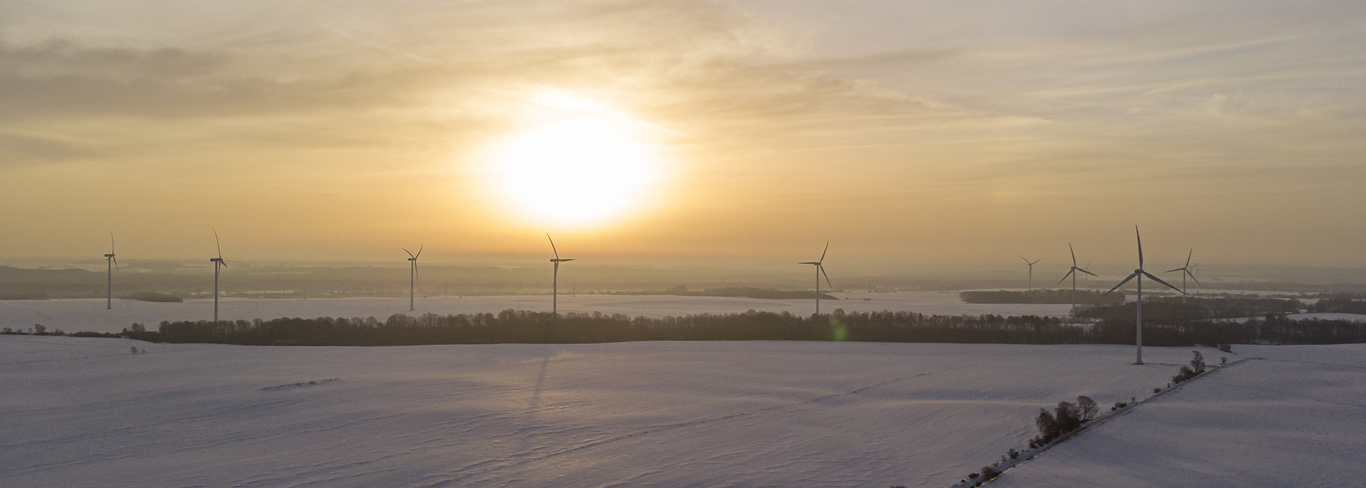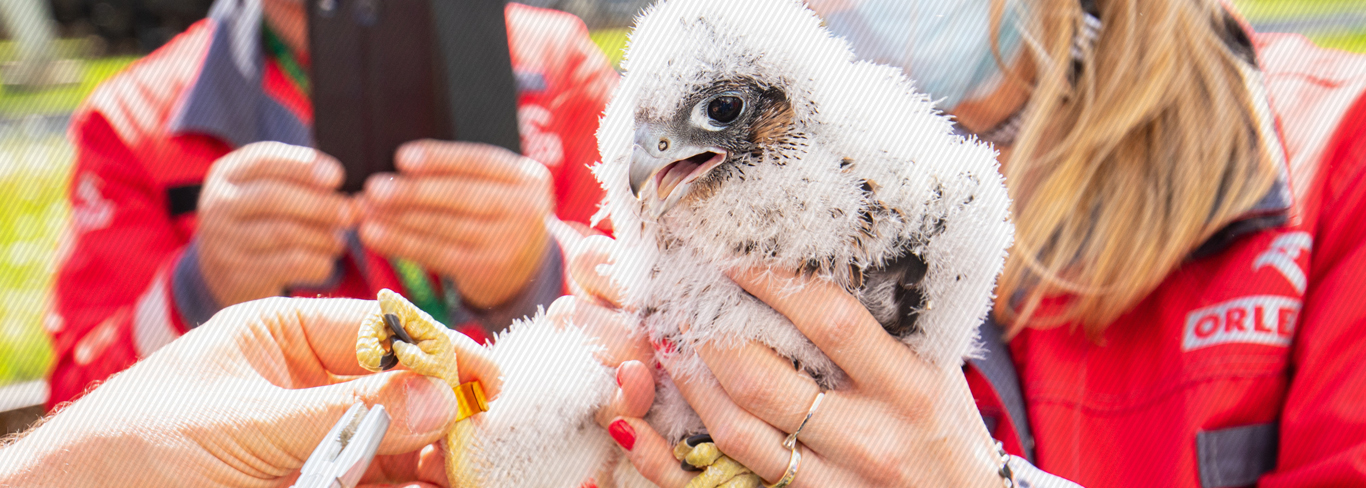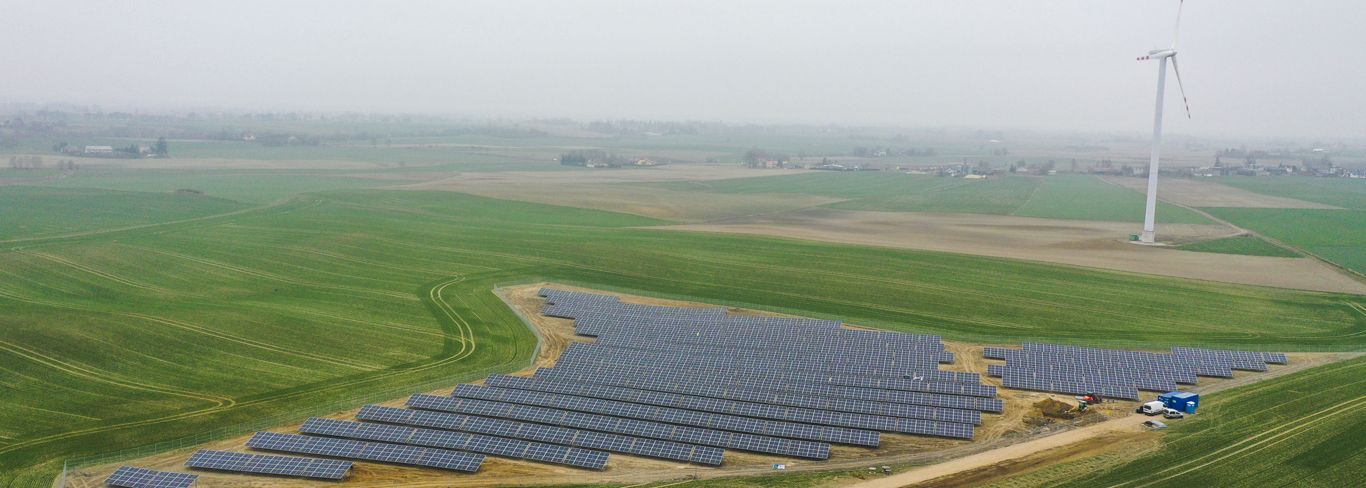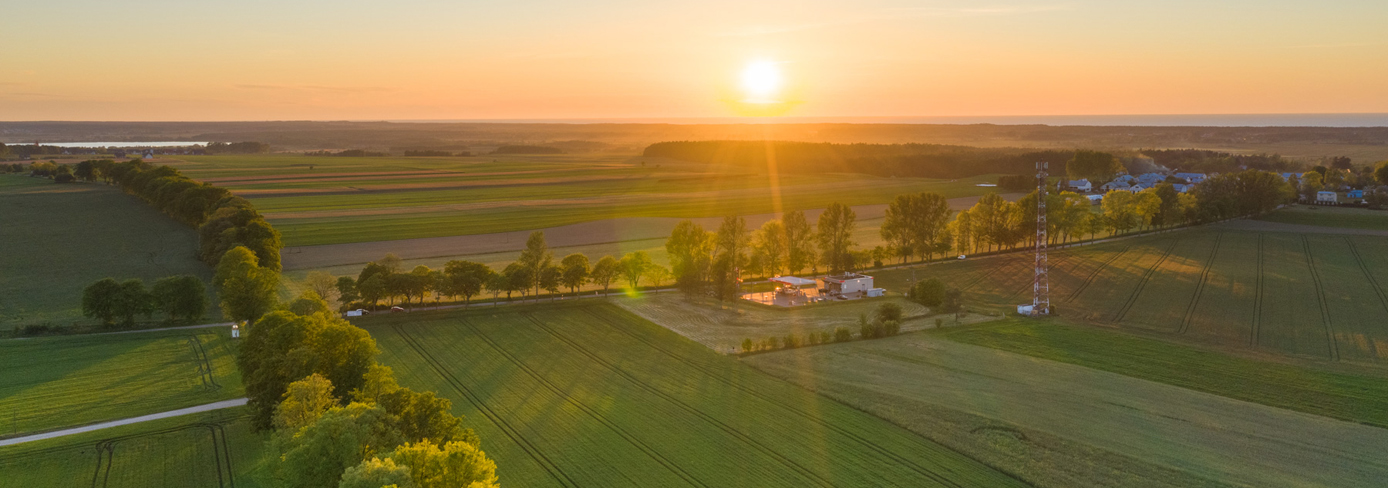
NATURAL CAPITAL
The ORLEN Group uses renewable and non-renewable natural resources in its operations. All our business activities are carried out in a responsible manner, with due consideration to the effects of current and future environmental impacts. The ORLEN2030 strategy incorporates a commitment to the Group’s long-term objective of achieving a net zero carbon footprint by 2050.
Key factsabout the capital
In production processes we use renewable resources (air, water, esters, bioethanol) and non-renewable ones (crude oil, natural gas and auxiliary chemicals).
-
By acquiring the Energa Group in 2020, the ORLEN Group gained access to renewable energy assets (e.g. wind farms, hydroelectric power plants, solar farms).
-
The ORLEN Group is potentially the largest gas consumer in Poland and one of the largest in the Czech Republic and Lithuania. Natural gas is used by the Group in the production of heat, electricity, fuels and fertilizers. In Poland, the ORLEN Group’s combined potential for natural gas consumption exceeds 3 bcm per year.
-
The ORLEN Group has 2P crude oil and natural gas reserves in Poland and Canada, amounting to 174.0 mboe at the end of 2020.
-
ORLEN Group’s upstream assets
At the end of 2020, the ORLEN Group held, on its own or with a partner (PGNiG), 16 exploration and appraisal licences in Poland, covering a total area of almost 11.8 thousand sq. km,
In Alberta, Canada, the ORLEN Group is a recognised operator and holds exploration and production assets covering a total area of approximately 358.5 thousand acres (approximately 1.5 thousand sq. km.) gross, and approximately 234.8 acres (approximately 1.0 thousand sq. km.) net, i.e. calculated based on the size of interest.
-
ORLEN Group’s production plants and fuel terminals in Poland, Czech Republic and Lithuania cover an area of over 4,300 hectares
-
The Energa Group’s distribution network consists of power lines with a total length of 191 thousand km, covering nearly 75 thousand sq. km, i.e. approx. 24% of the territory of Poland.
The capitalmanagement
-
The ORLEN Group's environmental objectives are defined in the ORLEN2030 Strategy and the Integrated Management System Policy.
-
The ORLEN2030 Strategy reaffirms the commitment to the Group’s long-term goal of achieving emission neutrality by 2050 and identifies the projects supporting delivery of this goal.
ORLEN Group operational emission reduction targets
- ORLEN intends to invest more than PLN 30bn in sustainability projects in 2020–2030, including over PLN 25bn to be spent on CO2 emission reduction initiatives. Over the next ten years, ORLEN plans to spend up to 3% of its growth capex (some PLN 3bn in total) on innovation, research and development, with a particular focus on green technologies.
In order to achieve emissions neutrality by 2050, we are going to focus on the following objectives:
-
expansion of the renewable energy asset base
The Group’s renewable capacities are expected to reach more than 2.5 GW in 2030 (2019: > 0.5 GW), mainly by rapid development of offshore and onshore wind and solar photovoltaic assets.Currently, our key renewables project is the construction of an up to 1,200 MW offshore wind farm. It is an extremely complex venture, and PKN ORLEN is one of the pioneers in this type of projects on the Polish market.
ORLEN also plans to engage in further onshore wind farm and photovoltaic installation projects to increase the portfolio of such assets by at least 800 MW by 2030.
-
implementation of decarbonisation projects
Within ten years, we will implement more than 60 projects increasing the energy efficiency of our existing production assets. The new projects will use the best and most emission-efficient technologies.
-
development of low-emission biofuels
We intend to launch five large biofuel and biogas projects and thus grow our production capacities by more than six times by 2030.The ORLEN Group is strengthening its position as a regional leader in alternative fuels by implementing a number of significant investment projects related to the manufacturing of biofuels such as HVO, co-HVO, UCOME, lignocellulose bioethanol and bio-methane, which are expected to increase our biofuel output by some 500 thousand tonnes annually by 2030.
Furthermore, a number of projects are being carried out under the ORLEN Południe’s strategy until 2025 with a view to transforming the plant into a biorefinery.
-
development of electric vehicle charging infrastructure
Leveraging the synergies with the ENERGA Group, the ORLEN Group seeks to expand its alternative fuel infrastructure and plans to operate more than 1,000 fast EV chargers by 2030.
-
development in other alternative fuels: LNG / CNG, H2
The ORLEN Group will pursue comprehensive development of its production and distribution infrastructure and will promote growth of the hydrogen and alternative fuels market, especially in urban, long-distance and railway transport.
-
circular economy
We will also invest in recycling and related circular economy activities, with a goal of reaching plastics recycling capacity of 0.3–0.4m tonnes by 2030.
-
implementation of pilot projects
The ORLEN Group intends to launch pilot projects for selected technologies supporting CO2 emissions reduction: green H2, CCS, biomethane.
-
Green financing and corporate governance
We aim to become a regular issuer of green bonds and a leader of sustainable development, using corporate mechanisms to promote and achieve ESG (environmental, social and governance) objectives.
-
We take care to ensure that our production processes are environmentally friendly: our projects involved adaptation of plant and process units to new environmental requirements and standards defined in the EU regulations and BAT Conclusions. Those efforts include also administrative work to have the terms of the integrated permits for the Group’s plants amended, as well as capex projects related to the production plant and equipment.
-
We identify the environmental aspects of our technological processes, and we seek to minimise their impacts on the natural environment and human life and health.
-
We comply with the requirements stipulated under integrated permits secured for our installations.
-
We effectively manage carbon emission allowances.
-
We ensure effective water and wastewater management.
-
We effectively manage soil remediation.
-
We invest in low- and zero-emission technologies and RES.
-
We engage in initiatives that promote environmental awareness and social responsibility.
-
We seek to foster sustainable development and we report our environmental performance to both administrative authorities (marshal’s offices, municipal offices, county offices, environmental inspections) and the stakeholders.
For more information on natural capital management, see "Environment and climate"
Outcomes
|
|
UoM |
2020 |
2019 |
|
Total water withdrawn: |
[million m3] |
331.8 |
94.1 |
|
Surface water |
[million m3] |
327.0 |
89.1 |
|
Groundwater |
[million m3] |
1.6 |
1.6 |
|
Mains water |
[million m3] |
3.2 |
3.4 |
|
Reused water |
[million m3] |
2,097.9 |
2,018.1 |
|
Effluents discharged to the environment, including: |
[million m3] |
304.1 |
50.9 |
|
Industrial wastewater |
[million m3] |
298.4 |
44.4 |
|
Emissions, including: |
[Mg] |
17,087,644 |
15,971,785 |
|
Sulfur dioxide |
[Mg] |
20,013 |
17,250 |
|
NOx |
[Mg] |
12,609 |
9,824 |
|
Carbon monoxide |
[Mg] |
8,310 |
5,400 |
|
Particulate matter |
[Mg] |
1,019 |
888 |
|
Carbon dioxide (including EU ETS) |
[Mg] |
17,010,022 |
15,919,204 |
|
Other substances |
[Mg] |
21,457 |
19,218 |
|
Emissions of ozone-depleting substances |
[Mg] |
36.57 |
40.92 |
|
Waste |
[‘000 tonnes] |
291.6 |
220.5 |
|
Significant spills |
|
|
|
|
Number of spills |
[number] |
8 |
10 |
|
Volume of spills |
[Mg] |
approx. 31 |
140 |
|
Capital expenditure on environmental protection |
[EURm] |
66.6 |
40.05 |
|
Use of biocomponents meeting sustainability criteria |
|
|
|
|
Esters |
[tonnes] |
765,320 |
852,758 |
|
Bioethanol |
[tonnes] |
243,093 |
264,175 |
Higher figures relative to 2019 result from the incorporation of the Energa Group into the ORLEN Group.
For information on the environmental projects and activities carried out at the ORLEN Group in 2020, see "Environment and climate".

How natural capitalinteracts with other capitals
Production activities, which entail the use of non-renewable energy sources, emissions, waste and wastewater generation, exert an impact on natural capital. Reducing its environmental footprint and climate impact is one of the ORLEN Group’s top priorities. Activities in this domain contribute to the development of other capitals, including the intellectual and manufactured capitals.
In 2020, the ORLEN Group was joined by the Energa Group, with its more than 50 renewable generation assets, mainly across the hydro, onshore wind and solar PV segments.
In 2020, PKN ORLEN declared its intention to achieve emission neutrality by 2050. In furtherance of this goal, the Group aims to reduce carbon emissions from its existing refinery and petrochemical assets by 20% and cut down carbon emissions per megawatt-hour of electricity by 33% by 2030.
PKN ORLEN’s net zero emissions strategy is based on four pillars: energy efficiency in production, zero-emission power generation, fuels of the future, and green finance.
Projects implemented under the carbon neutrality strategy are expected to be partly financed with green and sustainability bonds issued by PKN ORLEN on the European market.







